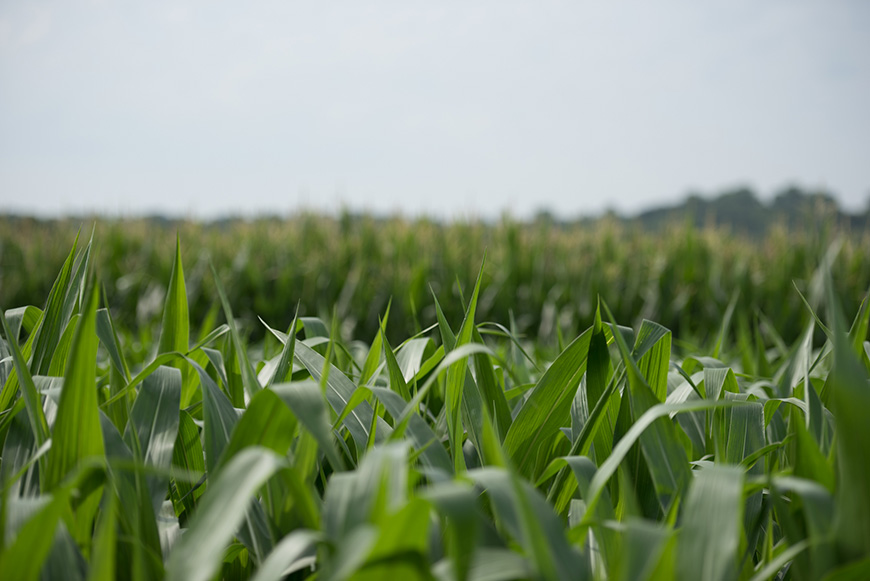Early-Season Considerations to Protect Yield

As I consider the current weather conditions and what they mean for the season, my attention turns to scouting. Checking crop conditions frequently and thoroughly will help you determine action needed to protect yield potential.
Early-season considerations
Early plant health indicates how crops will respond to stress later in the season. Consider hybrids or varieties, seed treatments and environmental conditions as a starting point for evaluating fields after planting.
Cold, wet conditions combined with hybrids that are more susceptible to disease could warrant an early-season fungicide application. In that case, applying an effective fungicide with multiple modes of action around V4 to V5 can help limit disease progression.
If early-season disease pressure isn’t a concern, one fungicide application near tasseling will typically offer the best return on investment. Fungicides and insecticides can often be tank-mixed to save on trips through the field, but be sure to review all product labels prior to mixing and application.
Ensure good coverage
Good spray coverage is one of the most important factors in effective disease and insect control. The goal is to get enough active ingredient on and into plants to halt disease progression and insect feeding. An effective adjuvant like MasterLock® can help deliver more fungicide and insecticide active ingredient to the plant for better disease and insect control. For best results, use the highest labeled application rates and follow label directions for spray volume; trying to save a few dollars by using lower rates may provide disappointing control.
Technology can help
The R7® Tool by WinField United is one example of how technology can help farmers scout fields and plan for crop protection applications. And the Field Forecasting Tool within R7 allows you to model real-time crop growth based on field conditions to optimize spray timing for the most reliable control.
My best advice heading into the season is to develop a good crop protection plan, then scout fields regularly and follow your plan. Cutting corners will only lead to headaches later, so keep the big picture in mind when making decisions that will help protect yield potential from damaging disease and insects.
Early-season considerations
Early plant health indicates how crops will respond to stress later in the season. Consider hybrids or varieties, seed treatments and environmental conditions as a starting point for evaluating fields after planting.
Cold, wet conditions combined with hybrids that are more susceptible to disease could warrant an early-season fungicide application. In that case, applying an effective fungicide with multiple modes of action around V4 to V5 can help limit disease progression.
If early-season disease pressure isn’t a concern, one fungicide application near tasseling will typically offer the best return on investment. Fungicides and insecticides can often be tank-mixed to save on trips through the field, but be sure to review all product labels prior to mixing and application.
Ensure good coverage
Good spray coverage is one of the most important factors in effective disease and insect control. The goal is to get enough active ingredient on and into plants to halt disease progression and insect feeding. An effective adjuvant like MasterLock® can help deliver more fungicide and insecticide active ingredient to the plant for better disease and insect control. For best results, use the highest labeled application rates and follow label directions for spray volume; trying to save a few dollars by using lower rates may provide disappointing control.
Technology can help
The R7® Tool by WinField United is one example of how technology can help farmers scout fields and plan for crop protection applications. And the Field Forecasting Tool within R7 allows you to model real-time crop growth based on field conditions to optimize spray timing for the most reliable control.
My best advice heading into the season is to develop a good crop protection plan, then scout fields regularly and follow your plan. Cutting corners will only lead to headaches later, so keep the big picture in mind when making decisions that will help protect yield potential from damaging disease and insects.


